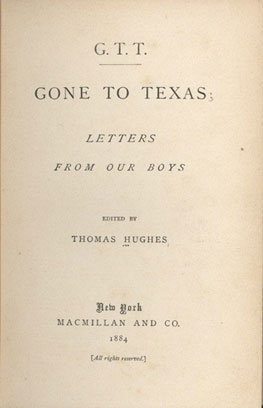Stephen F. Austin had managed his colony for more than a year when he learned that Mexico had gained its independence from Spain. Austin became concerned that the Mexican government would not recognize his land grants. He traveled to Mexico to get permission for his colony from Mexican officials.
Austin spent the next year in Mexico waiting for permission while he worked on building a promising relationship with their officials. Mexico passed several laws regarding land grants and immigration to Texas. Stephen F. Austin became the first empresario of Texas after establishing the first colonies in Coahuila y Texas. He was soon joined by other empresarios who received land grants from Mexico.
![]() The map of land grants below illustrates where some of the empresarios established colonies in Texas. Click on the highlighted colonies to learn more.
The map of land grants below illustrates where some of the empresarios established colonies in Texas. Click on the highlighted colonies to learn more.

Source: Document, 6858457, Live Auctioneers
The empresarios were important to the colonization of Texas. As people began to move westward, Texas was now an option. Many people would leave the message, “G.T.T.” or “Gone to Texas,” on their former homes. The fertile soil of Texas was appealing, as was the vast amount of land.
People from all walks of life came to Texas. Some came for the adventure while others were fleeing poor conditions in other parts of the United States. Most settlers were from the United States. Settlers from Mexico and Europe were also strong in number. There was a large presence of diversity in early Texas. Germans, Polish, and Irish settlers came to Texas, making a cultural mark in the areas in which they lived. People of African descent also came to Texas; many came as slaves or indentured servants while some came as free citizens.
The Mexican National Era of Texas began with the struggle for independence. The Mexican government struggled to protect its territories including Texas. One solution was to open the area to immigration. Mexico provided land grants to empresarios who then encouraged families to settle in Texas. These original families led to a tradition of a culturally diverse population in Texas.
Sources for images used in the interactive in this section, as they appear, top to bottom: